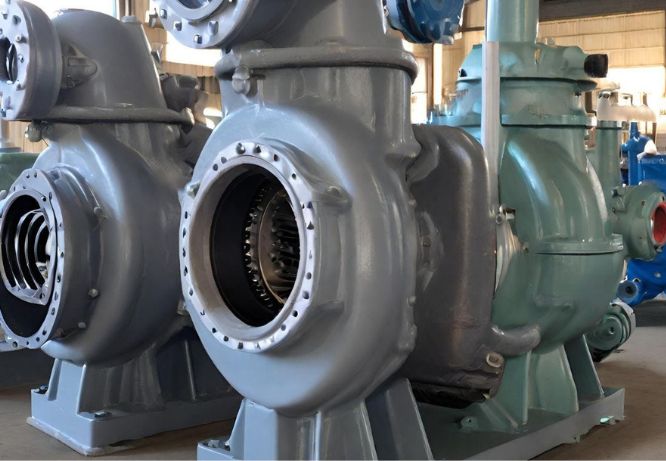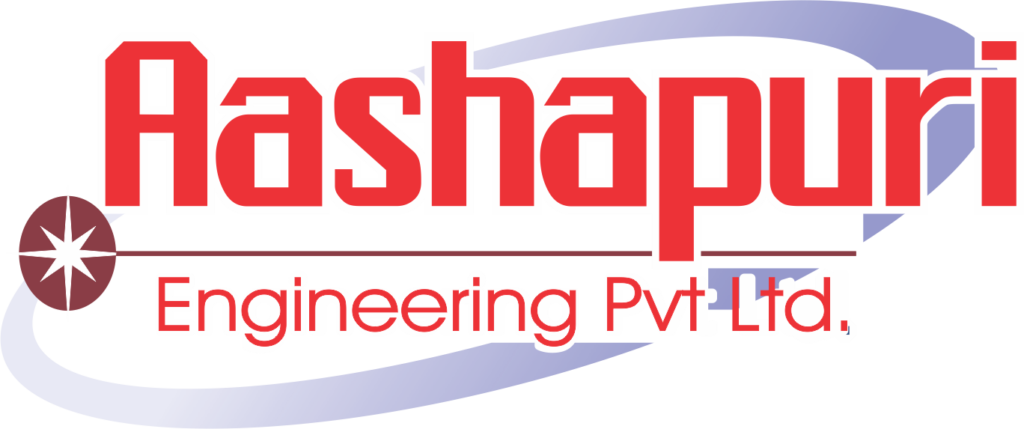
Slurry pumps play a crucial role in many industrial processes, particularly in handling abrasive, corrosive, and viscous fluids. One critical aspect of slurry pump performance is the condition of the bearings. Overheating of the slurry pump bearings can lead to premature failure, increased maintenance costs, and operational downtime.
Common Causes of Heat in Slurry Pump Bearings
- Insufficient Lubrication
- Cause: Bearings require a proper amount of lubricant to reduce friction and wear. Insufficient lubrication can cause the bearings to overheat due to increased friction.
- Solution: Regularly check and maintain the lubrication system. Ensure that the lubricant is applied as per the manufacturer’s recommendations and that the lubricant is of the right type and quality.
- Excessive Load
- Cause: Overloading the slurry pump can place undue stress on the bearings, leading to excessive heat generation. This can occur due to high slurry densities or unexpected operational conditions.
- Solution: Monitor the pump’s operational parameters closely. Avoid operating the pump beyond its designed capacity and adjust the load to match the pump’s specifications.
- Misalignment
- Cause: Misalignment of the pump shaft or bearing housing can cause uneven loading on the bearings, leading to increased friction and heat.
- Solution: Ensure proper alignment of the pump components. Regularly check the alignment and make adjustments as needed to maintain correct positioning.
- Contamination
- Cause: Contaminants such as dust, debris, or abrasive particles can enter the bearing assembly, causing increased friction and overheating.
- Solution: Implement effective sealing solutions to prevent contaminants from entering the bearing area. Regularly clean and inspect the pump to ensure it remains free of debris.
- Inadequate Cooling
- Cause: Slurry pumps that operate in high-temperature environments may require additional cooling to manage the heat generated by the bearings.
- Solution: Install appropriate cooling systems or enhance existing cooling measures to ensure that the bearings operate within the recommended temperature range.
- Bearing Defects
- Cause: Manufacturing defects or damage to the bearings can lead to premature failure and overheating.
- Solution: Choose high-quality bearings from reputable manufacturers. Inspect bearings regularly for signs of wear or damage and replace them promptly if defects are found.
How to Address Bearing Heat: Practical Solutions
- Regular Maintenance
- Implement a routine maintenance schedule to inspect and service the slurry pump bearings. Regular maintenance helps identify potential issues before they escalate and ensures that the bearings are operating efficiently.
- Quality Components
- Invest in high-quality bearing components from reliable manufacturers. Aashapuri Engineering Pvt Ltd is a leading Centrifugal Bearing Housing Manufacturer in India and Centrifugal Bearing Plug Manufacturer in India. Their products are known for their durability and performance, helping to minimize bearing heat and extend the life of your slurry pump.
- Proper Installation
- Ensure that bearings and associated components are installed correctly. Proper installation is critical to prevent misalignment and ensure optimal performance. Refer to the manufacturer’s installation guidelines and seek professional assistance if needed.
- Monitor Operating Conditions
- Continuously monitor the operating conditions of the slurry pump. Use sensors and gauges to track temperature, load, and lubrication levels. This data helps in identifying any deviations from normal operating conditions and allows for timely interventions.
- Upgrade Components
- Consider upgrading to advanced bearing designs or materials that offer better resistance to heat and wear. Modern bearings may incorporate features that enhance their performance in challenging conditions.
- Training and Awareness
- Train your maintenance team to recognize the signs of bearing overheating and understand the preventive measures. Increased awareness and knowledge can lead to quicker identification and resolution of potential issues.
Aashapuri Engineering Pvt Ltd: Your Trusted Partner
For addressing issues related to slurry pump bearings, choosing quality components is essential. Aashapuri Engineering Pvt Ltd stands out as a reputable manufacturer of centrifugal bearing housing and bearing plugs in India. Their products are designed to meet high standards of performance and reliability, helping to reduce the risk of bearing overheating and ensuring the smooth operation of your slurry pumps.
By investing in components from Aashapuri Engineering Pvt Ltd, you benefit from:
- Expertise and Experience: With years of experience in the industry, Aashapuri Engineering Pvt Ltd has developed a deep understanding of the requirements for centrifugal bearing components.
- Quality Assurance: Their products undergo rigorous quality checks to ensure they meet industry standards and provide reliable performance.
- Customized Solutions: Aashapuri Engineering Pvt Ltd offers customized solutions tailored to your specific needs, helping you address unique challenges in slurry pump applications.
Conclusion
Understanding the causes of heat in slurry pump bearings and implementing effective solutions is crucial for maintaining optimal performance and extending the life of your equipment. Regular maintenance, quality components, and proper installation play key roles in managing bearing heat. With trusted partners like Aashapuri Engineering Pvt Ltd, you can ensure that your slurry pump bearings are equipped to handle the demands of your operations effectively.
By addressing the causes of bearing heat proactively and investing in high-quality components, you can enhance the reliability and efficiency of your slurry pumps, leading to improved operational performance and reduced downtime.
